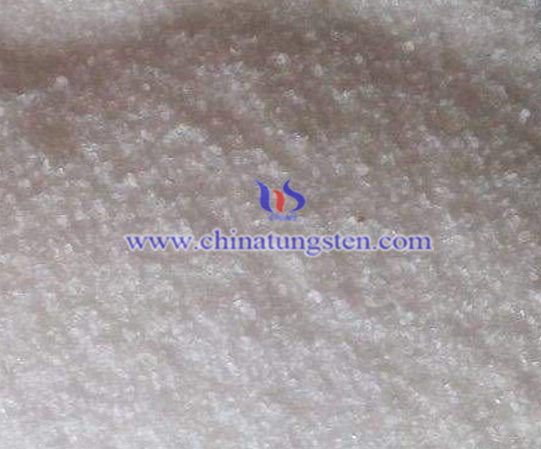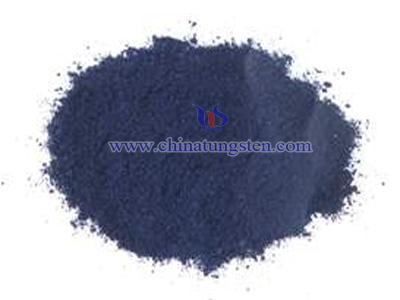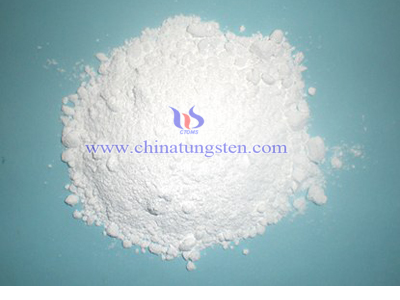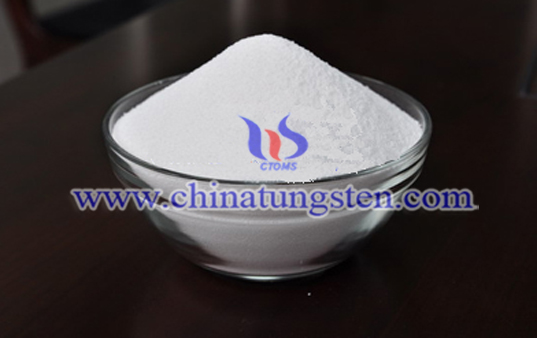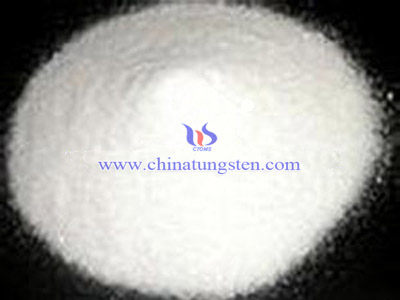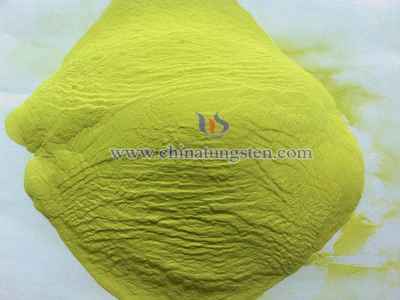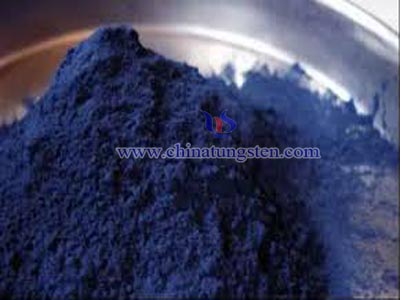Ammonium Metatungstate in Flame Retardants
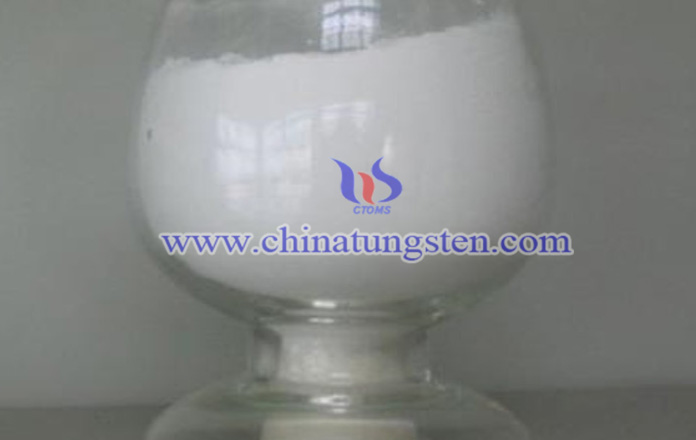
Ammonium metatungstate (AMT) demonstrates significant application potential in the field of flame retardants, as its thermal decomposition properties and the unique flame-retardant mechanism of tungsten can significantly enhance the flame-retardant performance of materials. Specific applications include:
1. Flame-Retardant Fabrics: AMT can be introduced into textile fibers (such as cotton and polyester fibers) through solution impregnation. Above 300°C, it decomposes into tungsten trioxide (WO₃), forming a dense oxide layer that isolates oxygen and suppresses combustion. WO₃ also absorbs heat, reducing the combustion temperature, thereby enhancing the flame-retardant properties of the fabric. This is suitable for fire-resistant textiles such as firefighting suits and curtains.
2. Polymer Flame Retardancy: AMT can be used as a flame-retardant additive in polymers (such as polyvinyl chloride (PVC) and polyurethane (PU)). During thermal decomposition, it releases water vapor and ammonia gas, diluting flammable gases, while the resulting WO₃ forms a char layer on the material’s surface, preventing flame spread. This halogen-free flame-retardant mechanism is environmentally friendly and efficient, making it suitable for applications in cable insulation materials and construction materials.
3. Wood Flame Retardancy: AMT aqueous solution can be used for wood impregnation treatment. After drying, it forms a tungsten-based flame-retardant coating on the wood surface, significantly increasing the oxygen index (LOI) of the wood and delaying combustion time. This is applicable to fire protection treatments for wooden furniture and construction timber.

